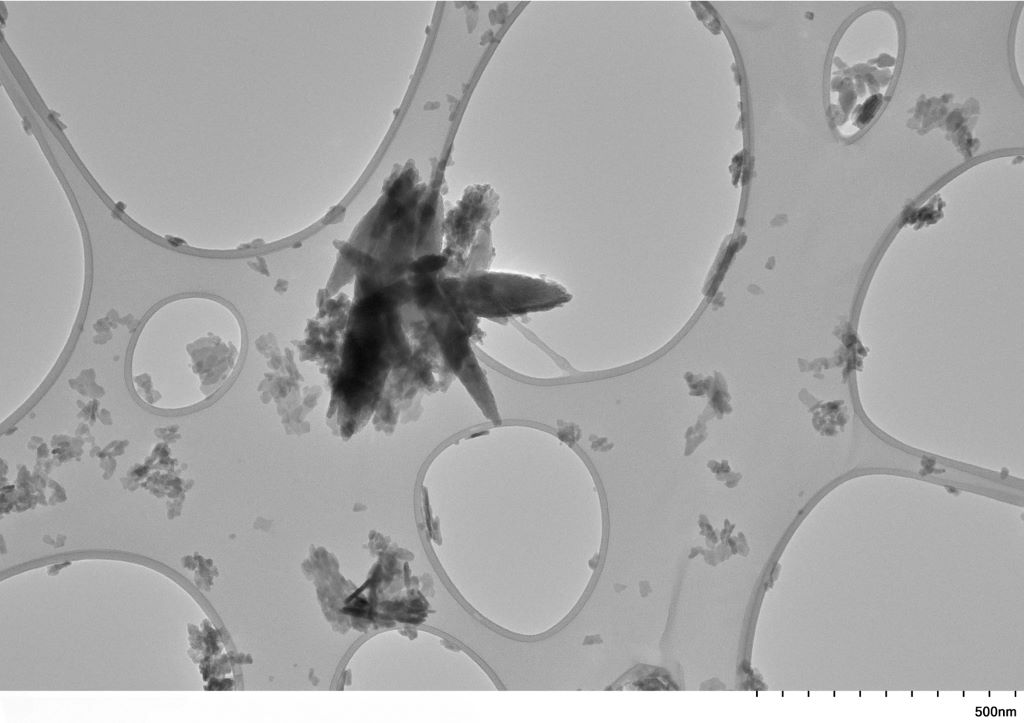Semaglutide Treats Liver Disease in Two Thirds of Patients

Results from the ESSENCE phase 3 clinical trial published in the New England Journal of Medicine shows that treating patients with semaglutide can halt and even reverse the disease.
The placebo-controlled outcome trial of participants with a life-threatening form of liver disease known as Metabolic dysfunction associated steatohepatitis (MASH) was conducted at 253 clinical sites across 37 countries around the world. This is the first regulatory-level trial showing the benefit of semaglutide for people with MASH.
The trial is led by two Chief Investigators, Professor Philip Newsome at King’s College London and Arun Sanyal at the VCU School of Medicine, United States, and funded by Novo Nordisk.
Metabolic dysfunction-associated steatotic liver disease (MASLD), formerly known as non-alcoholic fatty liver disease (NAFLD), is a long-lasting liver condition caused by having too much fat in the liver. MASH is a more severe form of MASLD. It is closely linked with obesity as well as conditions such as type 2 diabetes and heart and circulatory disease. Over time, the build-up of fat in the liver can lead to inflammation, liver fibrosis, cirrhosis and liver cancer. MASLD affects 1 in 5 people in the UK but there are no medicines licensed to specifically treat the disease.
Researchers chose to investigate semaglutide as a potential treatment because this class of drug helps reduce fat and liver scarring for people with MASH. Previous smaller but positive studies by Professor Newsome, published in the Lancet and NEJM, had shown using semaglutide as a treatment for MASH would have benefit for these patients.
Between May 27, 2021 and April 18, 2023, 800 participants were randomly assigned to receive once-weekly injection of 2.4milligrams of semaglutide or placebo, alongside lifestyle counselling. More than half of participants had type 2 diabetes and approximately three-quarters were living with obesity.
Results from the ESSENCE trials after 72 weeks of treatment found 62.9% of participants experienced a reduction in steatohepatitis (inflammation of the liver with fat accumulation in the liver) versus 34.3% for participants who took the placebo. The results also show 36.8% of the semaglutide group had improvements of their liver fibrosis versus 22.4% in the placebo group. Researchers also found other benefits. Those receiving semaglutide also saw improvements in liver enzymes and other blood measures of liver fibrosis, as well as 10.5% weight loss. Gastrointestinal adverse events were more common in the semaglutide group, such as nausea, diarrhoea, constipation, and vomiting.
I’ve been working with GLP-1 treatments for sixteen years and these results are hugely exciting. MASLD is a growing problem worldwide and this trial will provide real hope for patients with MASH. While these results must be treated with caution, the analysis shows semaglutide can be an effective tool to treat this advanced liver disease.
Professor Philip Newsome, Director of the Roger Williams Institute of Liver Studies
The research team will follow close to 1200 participants from 37 countries for up to five years to gather data on semaglutide’s impact on long-term liver complications.
Source: King’s College London





